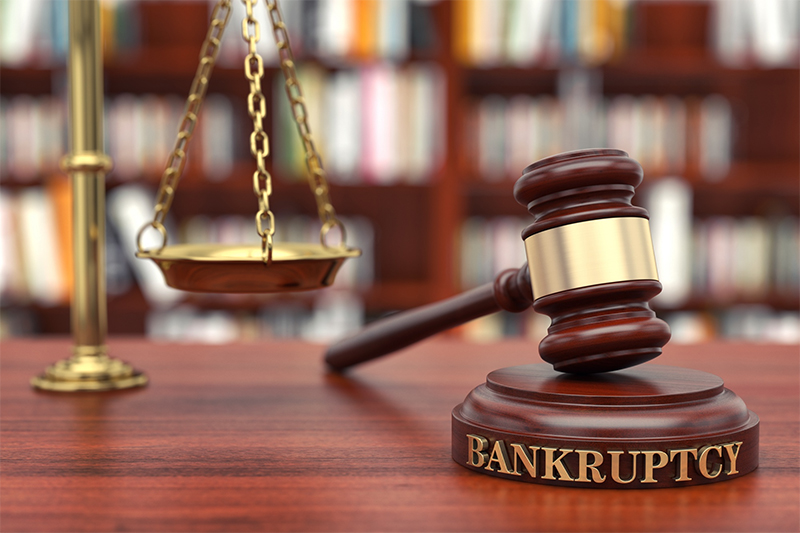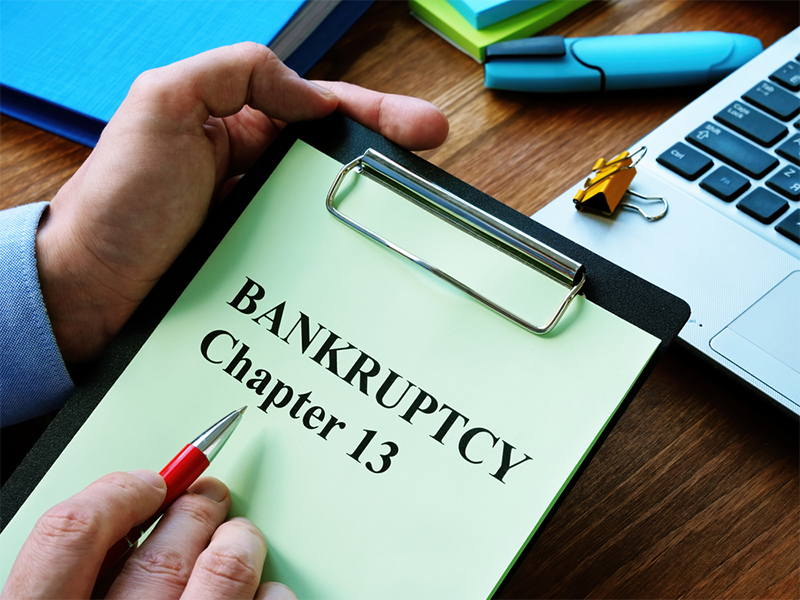Are You Struggling With Overwhelming Debt and Considering Bankruptcy?
It’s important to understand the difference between Chapter 7 and Chapter 13 bankruptcy before making a decision that could greatly impact your financial future.
Frego Law is here to help you navigate through this difficult decision.
Chapter 7 vs. Chapter 13 Bankruptcy
Chapter 7 and Chapter 13 bankruptcies are two primary options for individuals or businesses seeking legal protection from overwhelming debt.
Chapter 7, often referred to as “straight” bankruptcy, involves the liquidation of a filer’s non-exempt assets to settle outstanding debts.
In contrast, Chapter 13 is a reorganization bankruptcy, allowing debtors to create a repayment plan spanning three to five years.
One of the key differences between the two relates to the disposal of assets. Under Chapter 7, non-exempt assets are typically sold off to satisfy creditors, while Chapter 13 allows the debtor to keep their assets and make payments to creditors over time.
Chapter 7 is typically quicker, with the discharge of debts occurring within a few months, while Chapter 13 involves a longer repayment process.
Chapter 7 is mainly for individuals or businesses with little or no disposable income, while Chapter 13 is for those with a regular income who can afford to make payments.
In terms of credit impact, Chapter 7 may remain on the credit report for ten years, while Chapter 13 may remain for seven years.

What is Chapter 7 Bankruptcy?
Chapter 7 bankruptcy is a form of bankruptcy that involves the liquidation of a debtor’s assets to pay off their debts.
This type of bankruptcy is commonly referred to as a “liquidation plan” because it allows the debtor to sell off their assets to pay back creditors.
Once the assets are sold and the proceeds are distributed to the creditors, any remaining debts are dismissed, providing the debtor with a fresh financial start.
To be eligible for Chapter 7 bankruptcy, individuals must meet certain requirements. These include passing a means test, which examines their income and expenses to determine if they have the financial means to repay their debts.
There are income limitations that must be met to qualify for Chapter 7 bankruptcy. Those who earn above a certain threshold may be required to file for Chapter 13 bankruptcy instead.
One key aspect of Chapter 7 bankruptcy is the concept of exempt assets. These are assets that the debtor is allowed to keep despite filing for bankruptcy. Exempt assets may include certain personal belongings, homes, and vehicles, among other things.
The purpose of exempt assets is to ensure that the debtor can maintain a basic standard of living while still resolving their financial difficulties through Chapter 7 bankruptcy.
What is Chapter 13 Bankruptcy?
Chapter 13 bankruptcy, also known as reorganization bankruptcy, is designed for individuals with regular income who have the ability to repay a portion of their debts over a period of three to five years.
Unlike Chapter 7 bankruptcy, which involves the liquidation of assets to pay off debts, Chapter 13 allows debtors to create a repayment plan that enables them to catch up on past-due balances and lower their monthly payments.
One of the main advantages of Chapter 13 bankruptcy is its ability to provide debt relief while allowing individuals to keep their assets, such as homes and vehicles. [1]
Through the repayment plan, debtors can gradually repay their creditors over time, making it easier to manage their financial obligations.
This type of bankruptcy also allows debtors to “cram down” the amount owed on certain assets, such as vehicles or investment properties.
This means that the debtor can reduce the debt to the fair market value of the asset, potentially saving them significant amounts of money.

Difference between Chapter 7 and Chapter 13 Bankruptcy
When faced with overwhelming debt, bankruptcy can provide relief. Chapter 7 and Chapter 13 bankruptcies offer distinct approaches to addressing financial difficulties. Understanding the differences between these two options is crucial for individuals seeking debt relief.
Nature of Bankruptcy
- Chapter 7: Involves the liquidation of assets to settle debts.
- Chapter 13: Involves a restructuring of debts and the creation of a manageable repayment plan.
Asset Retention
- Chapter 7: Non-exempt assets may be sold to pay off creditors.
- Chapter 13: Debtors can often retain their assets and make payments over time.
Eligibility
- Chapter 7: Typically for individuals with little or no disposable income.
- Chapter 13: Suited for individuals with a regular income who can afford to make payments.
Repayment Plan
- Chapter 7: Does not involve a repayment plan.
- Chapter 13: Requires a repayment plan spanning three to five years.
Discharge of Debts
- Chapter 7: Debt discharge typically occurs within a few months of filing.
- Chapter 13: Debts are discharged after completion of the repayment plan.
Length of Bankruptcy
- Chapter 7: Generally shorter process compared to Chapter 13.
Credit Impact
- Chapter 7: Bankruptcy may remain on the credit report for ten years.
- Chapter 13: Bankruptcy may remain on the credit report for seven years.
These differences highlight the need for individuals to carefully assess their financial situation and seek legal advice to determine the most suitable bankruptcy option for their circumstances.

Eligibility Requirements
Chapter 7 bankruptcy is available to individuals and businesses who meet certain income requirements.
One of the key eligibility requirements for Chapter 7 is passing the income means test, which compares your monthly income to the median income in your state. If your income is below the median, you typically qualify for Chapter 7.
On the other hand, Chapter 13 bankruptcy requires individuals to have a regular income to create a repayment plan. There is no income means test for Chapter 13, but you must have enough disposable income to make monthly payments towards your debts.
Regular income is necessary for Chapter 13 as it allows for the reorganization and repayment of debts over a three to five-year period.
In terms of income limitations, Chapter 7 has a higher threshold compared to Chapter 13. The debt thresholds for Chapter 7 and Chapter 13 are also different.
Chapter 7 is designed for individuals with unsecured debts, such as credit card balances or personal loans, while Chapter 13 can accommodate those with secured debts, like mortgage payments and auto loans.
Both Chapter 7 and Chapter 13 bankruptcies require credit counseling before filing. Exemptions are also available to protect certain assets during bankruptcy proceedings.
Consult with our experienced bankruptcy attorney at Frego Law to navigate through these requirements and determine the best option for your financial affairs.
Source:
[1] Chapter 13 – Bankruptcy Basics. (n.d.). United States Courts. https://www.uscourts.gov/services-forms/bankruptcy/bankruptcy-basics/chapter-13-bankruptcy-basics




